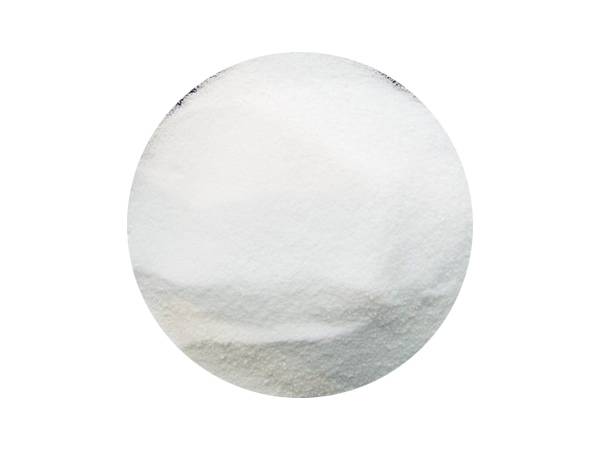



Understanding the Properties and Uses of Lead Oxide Chemical Compound
Understanding Lead Oxide CAS Number and Its Implications
Lead oxide, with the Chemical Abstracts Service (CAS) number 1317-36-8, is a significant chemical compound predominantly used in various industrial applications. As part of the wider category of lead compounds, it plays a crucial role in battery manufacturing, glazing ceramics, and in some cases, as a pigment in paints and plastics. The understanding of lead oxide not only involves its chemical properties and applications but also entails a critical look at its safety, environmental impacts, and regulations.
Chemical Properties and Uses
Lead oxide generally refers to a series of chemical compounds that consist of lead and oxygen. The most common forms are lead(II) oxide (PbO), red lead oxide (Pb3O4), and lead(IV) oxide (PbO2). Each of these oxides has distinct physical and chemical properties that govern their respective uses.
- Lead(II) oxide (PbO) is widely utilized in the manufacturing of lead-acid batteries. These batteries are indispensable in the automotive industry, providing energy for starting engines and powering electrical components. The unique properties of lead oxide, such as its ability to facilitate reversibility in the battery discharge and charging process, make it an ideal material for these applications.
- Red lead oxide (Pb3O4) is often used as a pigment in paints and as a corrosion-resistant coating for metals. Its stability and durability under various environmental conditions make it valuable for outdoor applications.
- Lead(IV) oxide (PbO2) is typically utilized in battery technology, specifically in lead-acid batteries where it serves as a positive plate material. It also finds applications in electrolytic processes and as an oxidizing agent in various chemical reactions.
Health and Environmental Concerns
lead oxide cas no

Despite its widespread use, lead oxide poses significant health and environmental risks. Lead is a well-known toxic metal, and exposure, even in small amounts, can result in serious health issues. Lead poisoning can lead to neurological damage, developmental delays in children, and other long-term health problems. It is paramount that industries using lead oxide implement rigorous safety standards to protect their workers and the environment.
Environmental concerns also arise from lead oxide waste. Improper disposal can lead to soil and water contamination, affecting wildlife and human health. As a result, many countries enforce strict regulations regarding the handling, transportation, and disposal of lead-containing materials to mitigate these risks.
Regulatory Framework
The use of lead oxide and other lead compounds is heavily regulated by environmental and health agencies worldwide. In the United States, agencies such as the Environmental Protection Agency (EPA) and the Occupational Safety and Health Administration (OSHA) have established guidelines to minimize lead exposure and ensure safe handling practices.
In addition, the European Union has also enacted regulations, such as the Registration, Evaluation, Authorisation and Restriction of Chemicals (REACH) regulation, to manage the risks associated with hazardous substances, including lead compounds. These regulations require manufacturers and importers to provide information regarding the safety and environmental impact of their products.
Conclusion
Lead oxide, identifiable by its CAS number 1317-36-8, serves essential functions in various industrial applications. However, the benefits of using lead oxide must be carefully weighed against the potential health and environmental risks it poses. Stringent regulations and responsible practices are crucial in mitigating these risks and ensuring safe usage. As industries evolve, there is a growing need for the development of alternative materials and technologies that can replace lead oxide, ultimately leading to safer and more sustainable practices. Understanding lead oxide's chemical properties, applications, and regulatory landscape is essential for all stakeholders involved in its use.
-
Why Sodium Persulfate Is Everywhere NowNewsJul.07,2025
-
Why Polyacrylamide Is in High DemandNewsJul.07,2025
-
Understanding Paint Chemicals and Their ApplicationsNewsJul.07,2025
-
Smart Use Of Mining ChemicalsNewsJul.07,2025
-
Practical Uses of Potassium MonopersulfateNewsJul.07,2025
-
Agrochemicals In Real FarmingNewsJul.07,2025
-
Sodium Chlorite Hot UsesNewsJul.01,2025










